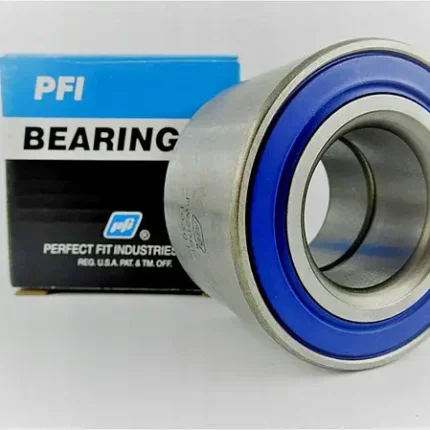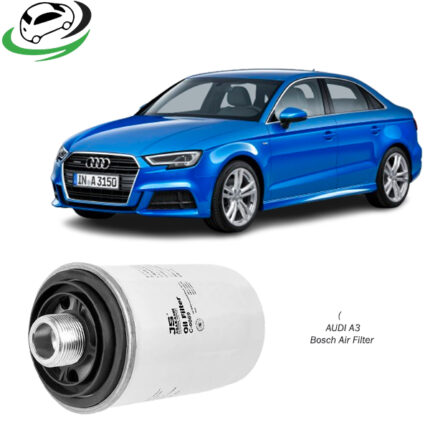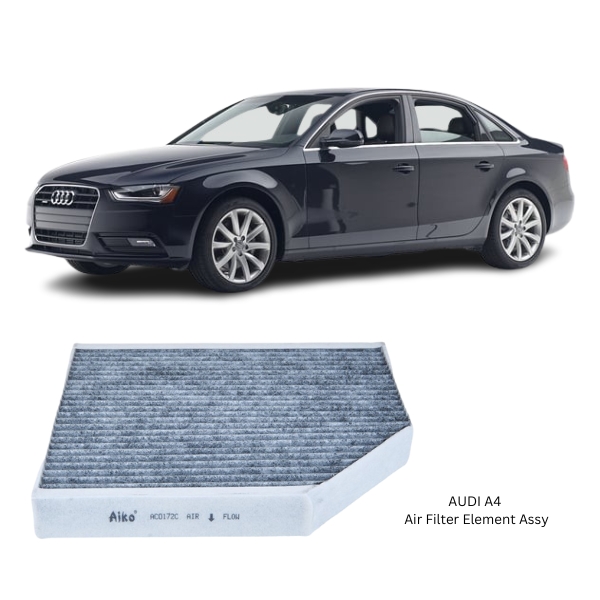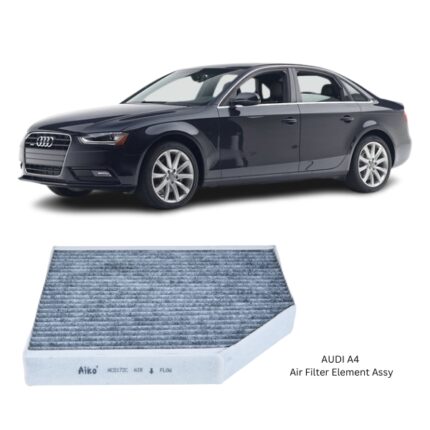Get AUDI A4 / A5 Cabin Filter Assy AC0172C in Kenya
The Cabin Filter Assembly is a critical yet often overlooked component of a vehicle’s heating, ventilation, and air conditioning (HVAC) system. Its main purpose is to clean the air that enters the cabin, ensuring passengers breathe in air that is free from dust, pollen, harmful particles, and unpleasant odors. This part plays a major role in maintaining both passenger comfort and health by improving air quality inside the vehicle.
Function and Purpose
The cabin filter assembly is installed within the HVAC air intake system, usually positioned behind the glove compartment, under the dashboard, or near the base of the windshield. Its role is to filter incoming air before it circulates inside the passenger compartment. This process is essential for:
-
Removing airborne contaminants such as dust, dirt, pollen, and mold spores.
-
Capturing fine particulate matter like smoke, exhaust fumes, and industrial pollutants.
-
Reducing allergens, improving comfort for those with respiratory conditions or allergies.
-
Enhancing HVAC efficiency by keeping the evaporator core and ducts cleaner.
Without a properly functioning cabin filter assembly, unfiltered air would enter the vehicle, leading to poor cabin air quality and potential discomfort for occupants.
Design and Construction
A cabin filter assembly consists of a filter medium housed within a rigid or semi-rigid frame designed to fit snugly in its designated compartment. The frame ensures a proper seal, preventing unfiltered air from bypassing the filter.
Common design features include:
-
Multi-Layer Filter Media:
-
Primary Layer: Captures large particles like leaves, dust, and insects.
-
Fine Filtration Layer: Traps smaller particles such as pollen and fine dust.
-
Activated Carbon Layer (optional): Adsorbs odors, harmful gases, and volatile organic compounds (VOCs).
-
-
Pleated Structure:
The filter paper or synthetic media is often pleated to increase surface area, allowing for better airflow and higher contaminant retention without restricting air movement. -
Rigid Frame:
Made from durable plastic or treated cardboard, the frame maintains the filter’s shape and ensures a secure fit.
Types of Cabin Filters
Cabin filter assemblies come in different variations depending on the filtration needs and environmental conditions:
-
Particulate Cabin Filter:
Designed to trap dust, dirt, and pollen. It is ideal for basic air cleaning in standard conditions. -
Activated Carbon Cabin Filter:
Incorporates a layer of activated charcoal to reduce odors, smoke, and harmful gases such as nitrogen oxides and ozone. -
Electrostatic Cabin Filter:
Uses an electrostatic charge to attract and hold smaller airborne particles, offering enhanced fine dust filtration. -
Multi-Layer Combination Filters:
Combines particulate and carbon filtration for comprehensive air cleaning.
Operation in the HVAC System
When the HVAC system draws air from outside or recirculates cabin air, it first passes through the cabin filter assembly. The filter traps particles and contaminants before allowing clean air to flow into the ductwork and vents. This not only improves passenger comfort but also helps:
-
Maintain consistent airflow through the ventilation system.
-
Protect the evaporator core from contamination, which can reduce cooling efficiency and cause unpleasant smells.
-
Prevent dust buildup in ducts, which can be difficult to clean.
Benefits of a Properly Functioning Cabin Filter Assembly
-
Improved Air Quality:
Filters out pollutants and allergens, making the cabin environment healthier. -
Odor Reduction:
Activated carbon filters remove unpleasant smells from exhaust fumes, industrial pollution, and environmental sources. -
HVAC System Protection:
Prevents debris from clogging components, reducing the likelihood of costly repairs. -
Enhanced Passenger Comfort:
Ensures consistent airflow and temperature control without contaminants affecting the experience. -
Health Benefits:
Reduces exposure to allergens, dust, and airborne pollutants, which is especially important for children, elderly passengers, and those with respiratory issues.
Signs of Wear or Replacement Need
Over time, the cabin filter assembly becomes clogged with trapped particles, reducing its effectiveness. Signs that it needs replacement include:
-
Reduced airflow from the vents even when the fan is set to high.
-
Persistent musty or unpleasant odors inside the vehicle.
-
Increased dust buildup on dashboard and interior surfaces.
-
Frequent sneezing, coughing, or allergy flare-ups among occupants.
-
Unusual HVAC noises caused by restricted airflow.
Maintenance and Replacement Intervals
Most cabin filter assemblies should be replaced every 12,000 to 20,000 kilometers or at least once a year. However, replacement intervals can vary depending on driving conditions:
-
Dusty or Sandy Environments: More frequent replacement may be needed, possibly every 6 months.
-
Urban Traffic Areas: Increased exposure to exhaust and industrial pollution may clog filters faster.
-
High Pollen Seasons: In regions with heavy pollen, seasonal replacement can improve comfort.
The replacement process is usually straightforward, involving removal of the old filter and installation of a new one in the same orientation, following the airflow direction indicated on the filter frame.
Consequences of Neglect
Failing to replace a clogged or damaged cabin filter assembly can lead to:
-
Reduced HVAC performance: A clogged filter restricts airflow, forcing the fan motor to work harder.
-
Increased Energy Consumption: The blower motor consumes more power to push air through a dirty filter.
-
Odor Buildup: Moisture trapped in debris can encourage mold and mildew growth.
-
Unhealthy Cabin Environment: Unfiltered air can aggravate allergies and respiratory issues.
-
Potential HVAC Damage: Excess strain on components can lead to premature wear.
Environmental and Operational Challenges
The cabin filter assembly operates in challenging conditions, facing:
-
High Dust Levels: From rural roads, construction zones, or desert regions.
-
Moisture Exposure: Rainwater or condensation can promote mold if the filter remains damp.
-
Temperature Variations: Exposure to both hot and cold air cycles without degradation.
-
Chemical Contaminants: Smog, exhaust gases, and industrial emissions.
Technological Advancements
Modern cabin filter assemblies have evolved with improved filtration efficiency and durability:
-
Nano-Fiber Technology: Captures ultrafine particles, including bacteria and viruses.
-
Enhanced Activated Carbon Layers: Provide superior odor and gas adsorption.
-
Antimicrobial Coatings: Prevent microbial growth, keeping the cabin fresher for longer.
-
Eco-Friendly Materials: Recyclable and biodegradable filter media reduce environmental impact.
Best Practices for Optimal Performance
-
Regular Inspection: Check the filter condition during routine vehicle servicing.
-
Seasonal Replacement: Especially before peak pollen or dust seasons.
-
Clean Housing Area: Remove debris from the filter compartment before installing a new filter.
-
Use Quality Filters: Select filters with proper fit and filtration capabilities for your needs.
-
Follow Airflow Direction: Installing the filter incorrectly can reduce efficiency and increase strain on the system.
Follow us on Facebook for more parts.




